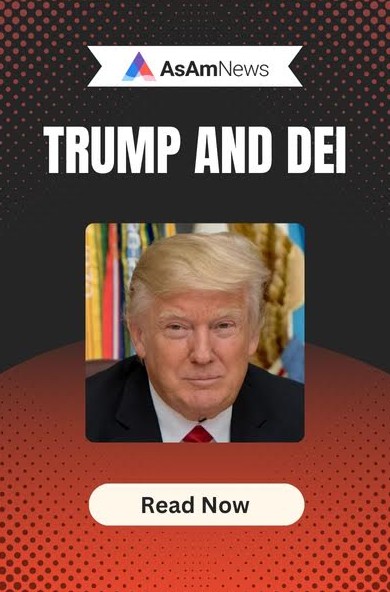
By Ed Diokno
During a 1983 interview with MTV veejay Mark Goodman, David Bowie asked a simple, important question, “Why aren’t there more Blacks on your network?” The question caught the interviewer by surprise. It was a question that I remember discussing with my friends at the time and one of the reasons I didn’t watch much of MTV’s shows. In those days, there was a network for Black entertainment videos and there was the white-washed world of MTV.
Was it Bowie’s interview that changed the network’s exclusionary policy? Maybe, maybe not. All that matters is that the racist policy changed and MTV helped launch the careers of several Black performers.
It was in Australia where Bowie had his “a-ha” moment that changed his life and made me a fan.
“It occurred to me that one doesn’t have much time on the planet, you know?” he said in a Rolling Stone interview. “And that I could do something more useful in terms of … I know this is very cliche, but I feel that now that I’m thirty-six years old, and I’ve got a certain position, I want to start utilizing that position to the benefit of my . . . brotherhood and sisterhood.” He winces, but continues. “I’ve found it’s very easy to be successful in other terms, but I think you can’t keep on being an artist without actually saying anything more than, ‘Well, this is an interesting way of looking at things.’
….”There is also a right way of looking at things: there’s a lot of injustice. So let’s, you know, say something about it. However naff it comes off.”
Maybe his most memorable statements on race and racism were his songs and videos China Girl, and Let’s Dance, both of which were taped in Australia and directed by now famous movie director David Mallet starring a 23-year old New Zealand waitress/model Geeling Ng, (now, Geeling Ching) who turned her 15-minutes of fame into a television and modeling career.
In China Girl, written with Iggy Pop, Bowie parodied the stereotypes about Asian women and mocked the imperialistic habits of Europeans and White Americans.

My little China girl
You shouldn’t mess with me
I’ll ruin everything you are
I’ll give you television
I’ll give you eyes of blue
I’ll give you man who wants to rule the world
Not surprisngly, a relationship blossomed off-screen between Bowie and Ng. He took her on tour with him. “It was so special. The time I spent with David I would never trade for anything,’ the now 55-year-old told NZ Herald after the 69-year-old lost his battle to cancer on Sunday.The China Girl video won “best video by a male artist” in the first MTV awards held in 1984.
Let’s Dance, the title song of one of Bowie’s most successful albums, featured an Aboriginal couple struggling against Western cultural imperialism. The video was described by Bowie as a “very simple, very direct” statement against racism.According to Mallet, they shot the bar scenes in the morning, which didn’t go over well with the locals, who didn’t appreciate Bowie and the fashionable crew. Some of the patrons also resented the Aborigines who starred in the clip, and mocked them with their own dance moves. The White people dancing in the bar were really – I mean, really – making fun of the couple, according to the director.
(Ed Diokno writes a blog :Views From The Edge: news and analysis from an Asian American perspective.)



